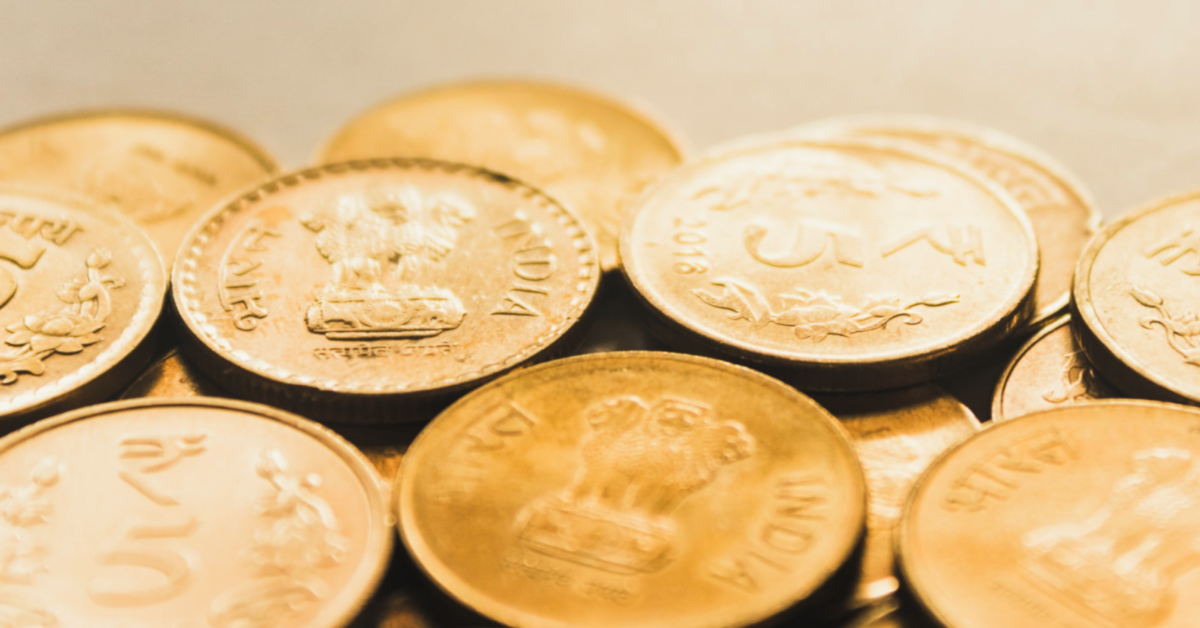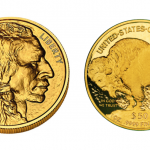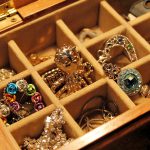There are many reasons why people add gold to their portfolios; it’s a great way to diversify assets and reduce risk. That’s because gold’s value tends to go up when other investments go down.
There are also many ways to invest in gold: shares, certificates, exchange-traded funds and more. None of those, however, have the appeal of owning physical gold. With the help of a reputable coin dealer, you can purchase bullion coins at fair market prices.
Investing in gold coins and collecting gold coins, however, are two different things. While investors generally invest in bullion coins as a hedge against the economy, collectors tend to buy collectible coins for their rarity. It’s precisely that aesthetic and historical value that can spell trouble for collectible coins—and open the door for fraud.
“Because there’s so much subjectivity in the value of coins, it’s always ripe for deception,” Dama Brown, regional director of the Federal Trade Commission’s (FTC) southwest division, told AARP The Magazine. And the people most at risk for coin scams, unfortunately, are older Americans. But what makes them so particularly susceptible?
The ACP calls it age-associated financial vulnerability, which affects older adult’s ability to manage personal finances. They may also be less knowledgeable of modern-day scams and be more trusting. And the fact that seniors are more likely to have nest eggs, own their homes, have excellent credit and be looking for safe investments, make them ideal marks for con artists.
What are some of the most prevalent coin scams? According to The Street, some of the most damaging gold coin scams include:
Most Common Gold Coin Scams
The Coin Grading Scam – Coin grade is what indicates a coin’s condition. While coins that are certified 70 are deemed virtually irreplaceable, coins certified MS70 have never been handled, are considered in “mint state” and even more valuable.
The problem is the difference may be hard to tell, leading unsuspecting coin buyers to overpay by hundreds of dollars.
The Packaging Trick – The packaging may look good, but it can also act as a barrier. Shady dealers may use holders and packaging to prevent people from inspecting their coins. What looks like a pure gold coin behind layers of plastic may actually be a gold-copper alloy coin.
The Fake Coin – By fake, we don’t mean counterfeit gold, but the trafficking of coins that don’t even exist. Many people are fearful of holding a large amount of physical gold in their homes. A con artist will offer to store your coins for you (and charge a fee)—except there never were any gold coins. Seniors are especially vulnerable to these scams perpetrated over the phone.
Tips for Buying Gold Coins
Luckily, avoiding gold coin scams is easy. We recommend these tips to anyone purchasing gold coins:
- Don’t believe everything you hear. If a dealer tells you they will buy back your coins at more than what you paid, or that grading is guaranteed, they’re not being truthful.
- Get a second opinion. This is especially true when it comes to the grade and value of your coins. Before you even purchase a coin, make sure you understand the dealer’s return and refund policy.
- Be wary of grading certificates and slabs. Your best bet is to check your coin’s grade with an independent source.
- Take possession of your coins. If you don’t, you may never know if they actually exist.
The best thing you can do to avoid falling prey to a gold coin scam is to buy from a reputable dealer. How long has the company been in business? Are they a member of a professional organization? Check out their credentials–don’t just trust their claims.
And above all, don’t succumb to high-pressure sales tactics. If something’s too good to be true, it probably is.












